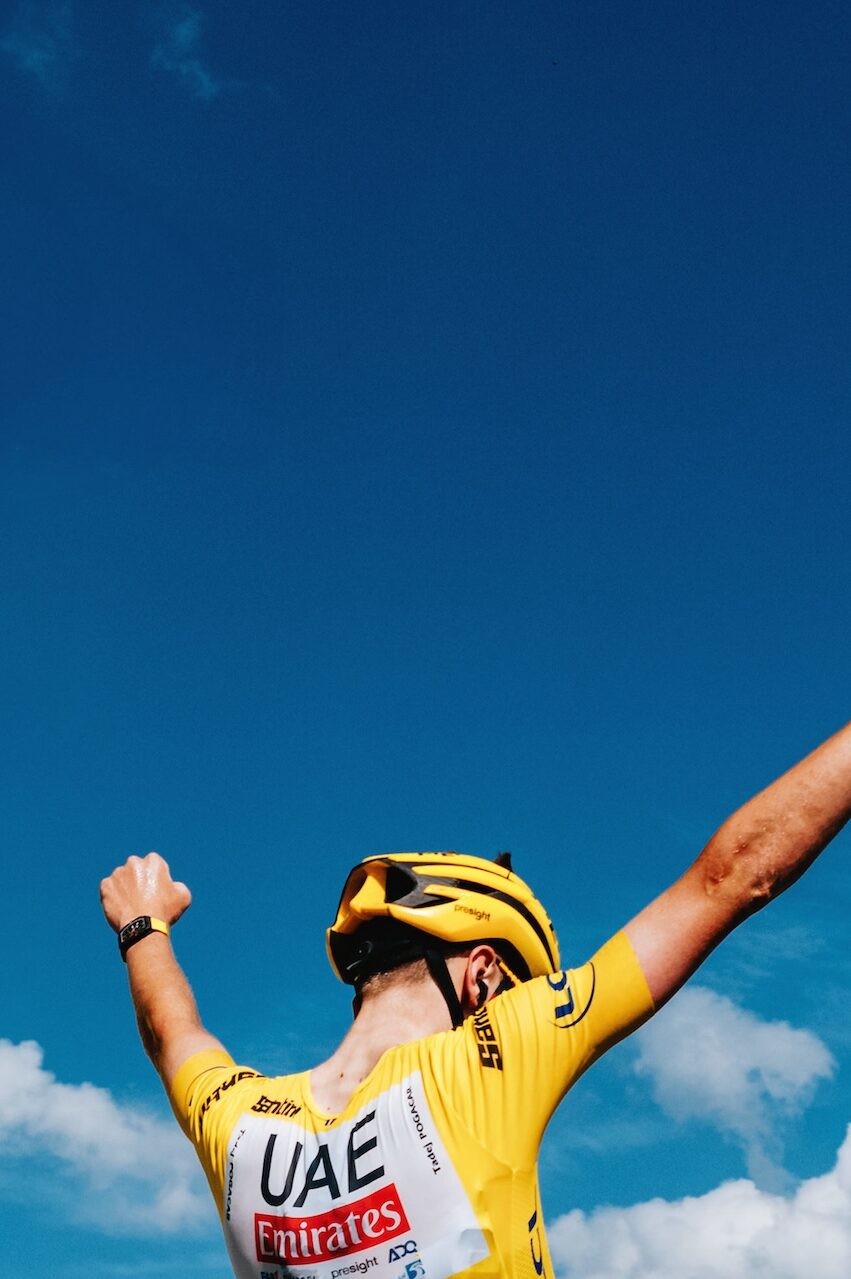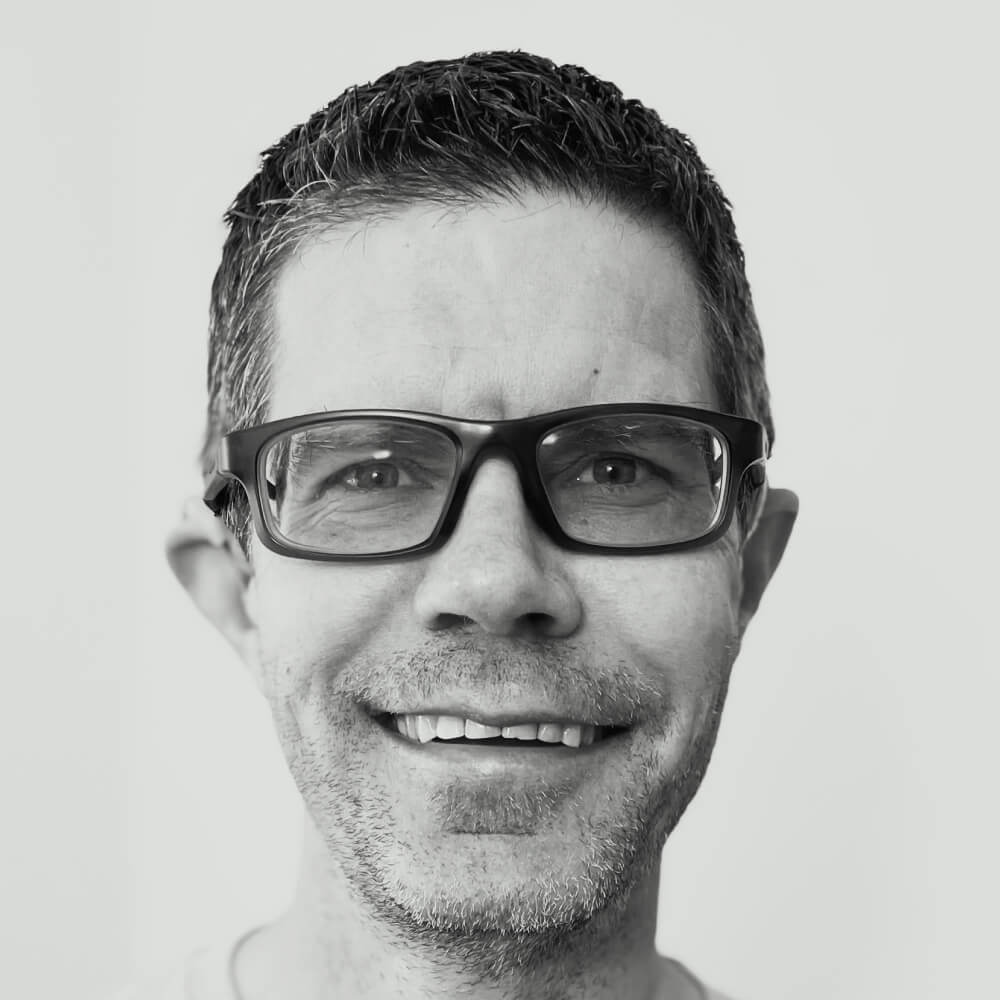Tadej Pogačar was already in the midst of his finest season ever when things suddenly took a giant step up – literally and figuratively.
The literal was his ascent of Plateau de Beille, where he destroyed a 26-year-old climbing record. And the figurative was the speculation around what had produced a ride that was immediately dubbed by commentators as the single greatest climbing performance in the sport’s history.
That the man whose record Pogačar took – Marco Pantani – was both the last male rider to win both the Giro d’Italia and Tour de France in the same season and a rider whose performances in that 1998 season were widely known to have benefitted from the wonders of modern pharmacology only added to the scrutiny around Pogačar.
What are we to make of this achievement, and Pogačar’s historically dominant Tour in general? In the days since stage 15, explanations have arisen to tell us why, and how, a rider was able to climb at what is thought to be at or beyond the limit of human effort. But those explanations, by turns benign and nefarious, leave us with more questions than answers.
And while some would like us to simply move past it all, to enjoy the performance and stop wondering what produced it, that’s simply not workable. In a sport still haunted by decades of illicit performance enhancement, skepticism is natural. Less darkly, in a sport where the sports science arms race increasingly divides winners from also-rans, it’s natural to see a clear edge for Pogačar and his team and be curious what innovations (aside from budget) led to it. But in the search for answers, I’d offer one piece of advice: beware simple narratives.
Competing narratives
Humans are creatures of narrative. As a species, we use stories to comprehend and explain events, in particular extraordinary ones that test or tear open the boundaries of what we previously thought possible. There are two dueling explanations around Pogačar’s feats this Tour de France.
The first we’ll call the Mouthology.
Last March, a mysterious person began posting on Cyclingnews’ forums. Under the pseudonym Mou, the poster made prolific and detailed claims about Pogačar’s training and plans for the 2024 season before being permanently banned in mid-April for verbally abusing other forum users. The most relevant of those posts are screenshotted in this Twitter thread.
Mou claimed to be close with someone in Pogačar’s inner circle and outlined specific changes Pogačar had made in his training: working with a Monaco physiotherapist on strength and flexibility exercises to preserve power in his TT position; shortening his crankarms; and most notably changing last November from longtime coach Iñigo San Millán to Javier Sola, who joined the UAE Team Emirates staff in January 2023.
The posts were aggressively – often abusively – anti-San Millán, who Mou derided as a fraud. Mou also alleged there were factions within the team that undermined Pogačar. But what could be brushed off as the bravado of a Pogi-stan was belied by specific training data – including at least one TrainingPeaks chart – that sometimes accompanied the posts. Most notably, some of the predictions bore out. In one, Mou laid out Pogačar’s tactical approach to the opening week of the Giro, and said that by the first rest day, his lead would be three minutes. When May rolled around, Pogačar was comfortably in pink by 2:41 at that point in the race.
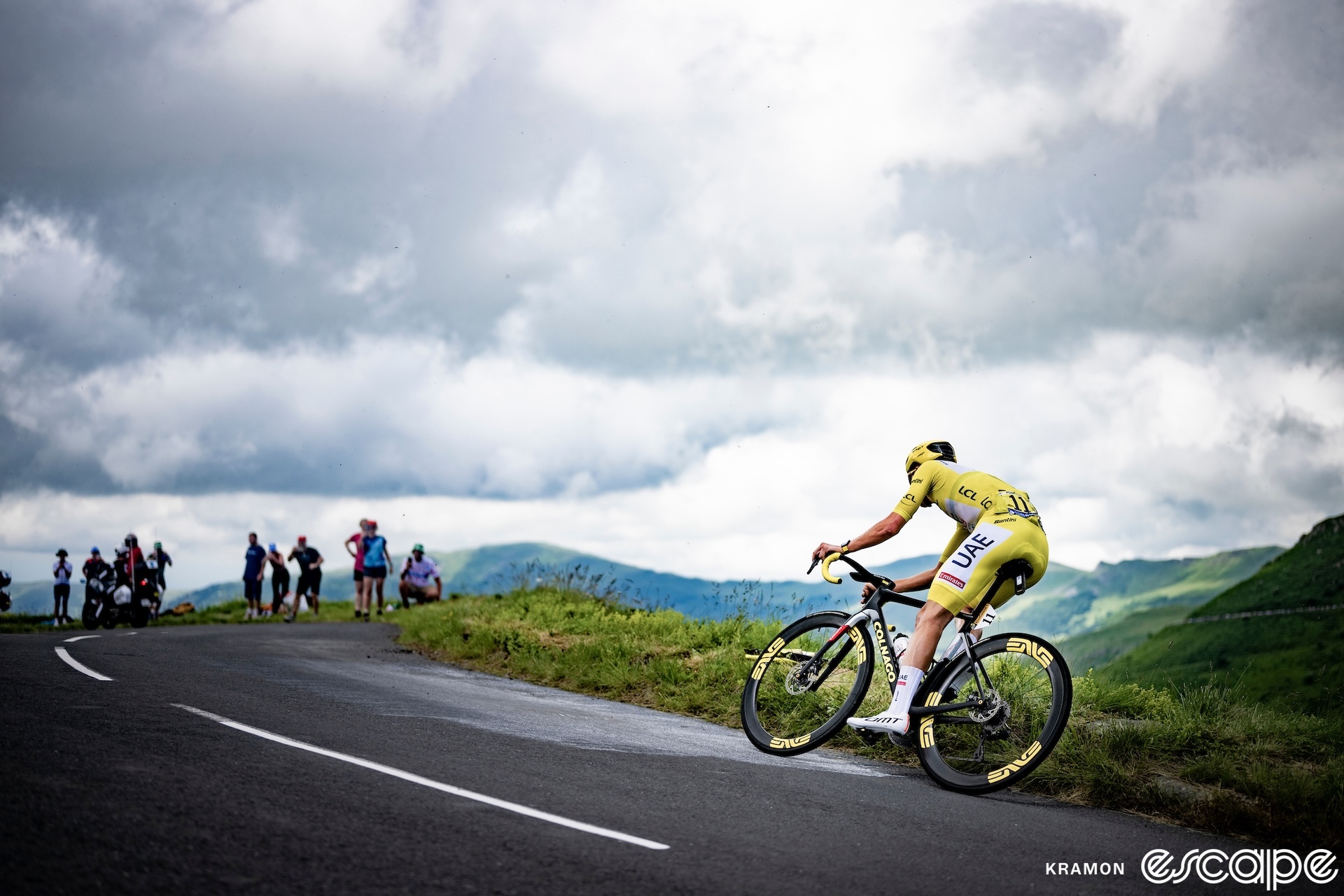
Specifics aside, the broad thrust of Mou’s argument was clear: Pogačar was a generationally talented athlete [fact check: true] who had been held back by infighting and incompetence at UAE, but was now taking more assertive charge of his future. Backed by top-rank sports science, the new, fully optimized Pogačar would be unbeatable in the sport for years to come.
Again, that’s largely borne out by his results so far this year: In 52 race days so far this season, Pogačar has 18 individual race wins, plus three overall victories. He has not lost a race since Milan-San Remo in mid-March. He won Strade Bianche with an 80+ km solo move and took Liège-Bastogne-Liège with a blistering attack on the Col de la Redoute, 34 km from the line. In 42 race days in Grand Tours this year, he spent 39 of them in a leader’s jersey, and not once did he look the least bit vulnerable.
That kind of dominance, of course, naturally gives rise to other explanations. The second narrative relies on an even simpler equation, a conditional “If P then Q” argument, to explain his dominance.
That logic goes like this: Pantani and riders of his era were so full of dope their back teeth practically floated in pharmacological brine. The 1990s were the pre-World Anti-Doping Agency days when the only bulwark against oxygen-vector doping was a feeble and easily evaded 50% limit on hematocrit – the amount of red blood cells expressed as a percent of total blood volume. Therefore, any rider who beat their performances must also be doping.
As Lanterne Rouge detailed in its analysis of the all-time best climbing performances in the sport, there are only a scattered few historical efforts in road racing that are close to Pogačar’s rides, and all are from that full-gas 1990-1998 era. (LR does not make any judgments about doping in the analysis, which is purely technical.)
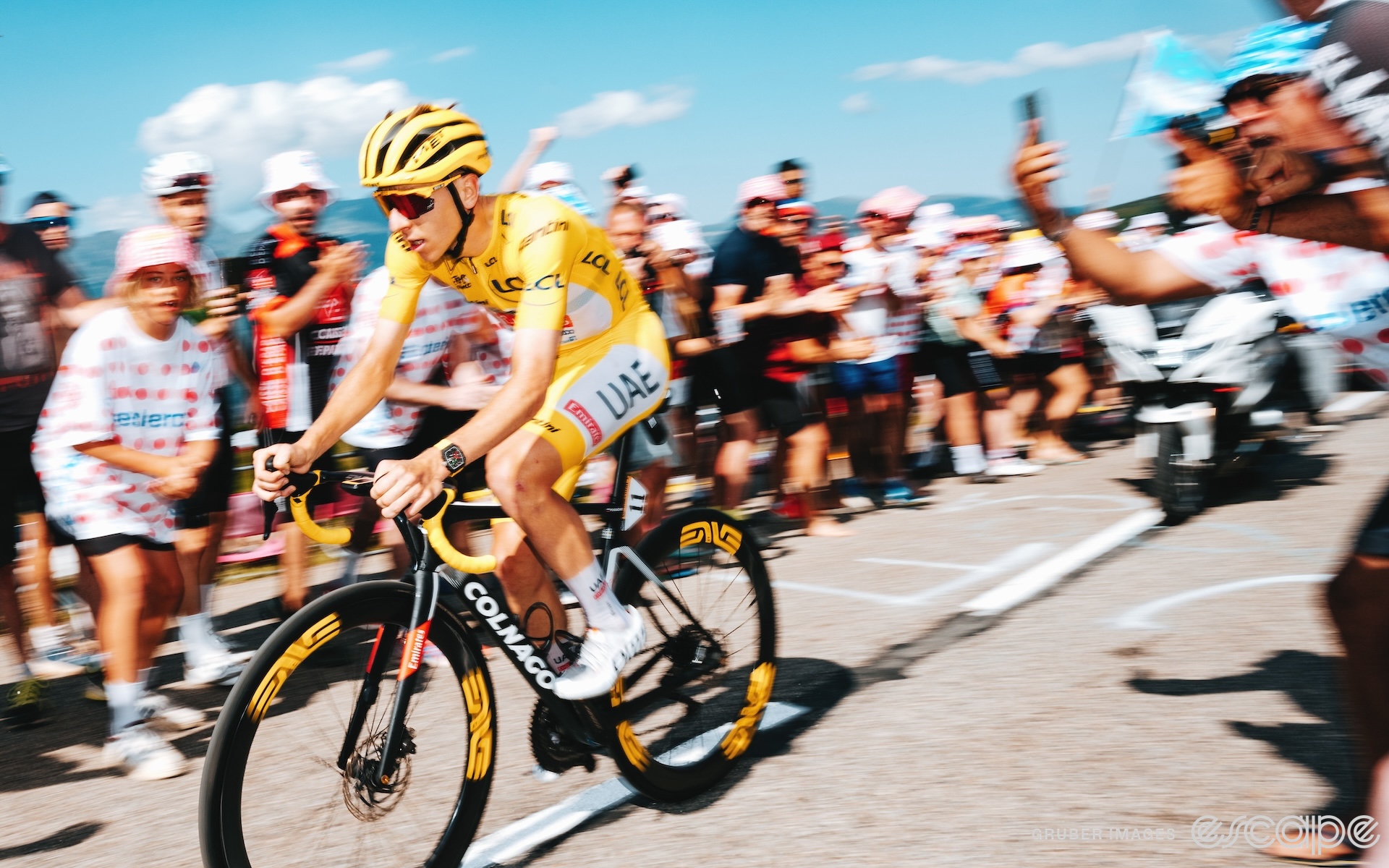
Two of those records – Tony Rominger’s on Pla d’Adet and Pantani’s on Plateau de Beille – Pogačar obliterated on back-to-back days. Pogačar quite literally decimated Pantani’s record, going almost 10% faster.
In that line of thinking, all the evidence you need to tell you what’s responsible is right there in front of you on the road.
Things that don’t quite add up
But in either case, it’s not quite that simple.
Who is Mou: a true team-insider leak, or just a terminally online shitposter who knew exactly which social media accounts to follow to glean just enough information to seem credible?
The question came up for Pogačar at a recent press conference. “I don’t know who this guy is and what’s his purpose,” Pogačar replied, acknowledging he’d been hearing about the mysterious personality. “I think he gets some things right, but mostly he gets it wrong,” he added, without saying what. “I think he just tries to be important on Twitter and forums or whatever, but I don’t follow. I just heard a lot. People are asking. Maybe we will all together find out who the guy is.”
It was a much smoother answer than Pogačar gave when first asked, by the Guardian’s Jeremy Whittle, about the team’s use of a novel training tool employing the dangerous gas carbon monoxide, a story broken by my colleague Ronan Mc Laughlin. At first, Pogačar professed not to know about CO rebreathing to test riders’ responses to altitude training, making a quip about car exhaust. Asked again in another press conference, Pogačar then offered that he had misunderstood the initial question and he had in fact used it, but only in one instance and incompletely; the second test in the series, needed to gauge the change in his hemoglobin mass since going to altitude, never took place.
The story has some inconsistencies, because Pogačar says the reason the second test didn’t happen was the expert who would have administered it, Irina Zelenkova, didn’t come as scheduled to the end of the altitude camp, while UAE’s press officer says it was Pogačar who was unavailable, having left camp early.
More centrally, the team doesn’t have answers for why it calls hemoglobin mass testing the only objective tool it has for measuring its riders’ response to altitude training – a vital piece of information to gauge the effectiveness of a key pre-Tour training block and a test we were told it does with every rider on the team – but which is also apparently a low-enough priority that, in more than two years of its use, the team’s sports science staff has not bothered to employ it with by far the most important rider on the team.
Finally, there’s some question about whether Mou’s contrast of Pogačar’s training under San Millán is dramatically different to his work today under Sola. And while Mou’s details about heat training or TT optimization or shorter crankarms are interesting, none of them fully explains how a veteran rider already considered one of the best in the world was able to increase his W/kg on long climbs by about 6%, per external modeling estimates, in just a few short weeks of work after his also-impressive Giro win.
As for the Pantani record, it’s perilous to allege doping simply by comparing finish times from different eras. Plateau de Beille is a very small sample set; it’s been used in the Tour just seven times including that first 1998 ascent, always as a final climb. The two most recent finishes there, in 2015 and 2011, were both raced defensively: won by a breakaway with a small group of yellow jersey contenders crossing the line together. Lazy analysis like “Pogačar had a tailwind” ignores what were the meteorological conditions in 2007 or 2004 or 2002, years when the climb was raced more aggressively (jump to about 1:25 in the video below for the final climb).
The fact is that Jonas Vingegaard and Remco Evenepoel beat Pantani’s time too; six of the top-11 all-time marks for Plateau de Beille were set that day. Another fact: training and nutrition absolutely have improved in the last 10-15 years, sometimes dramatically. Watching replays of every past Plateau de Beille ascent, I was struck by the unsophisticated equipment in use as recently as 2011: lightweight but boxy rims, inefficiently tall gearing that forces knee-grinding cadences, and loose-cut jerseys flapping in the wind. Do aerodynamics and drafting matter on climbs? At an average speed of 23 km/h they sure do.
What we know and what we can’t
Cycling is unique among almost all sports in that except for track racing it takes place in a constantly changing real-world environment rather than an arena. In the quest for a God Metric, a single statistic that allows us to compare performances across eras, we must accept that there may not be one. But in that search, watts of power produced per kilogram of body weight on long climbs is as good a place to start as any.
There is criticism of power modeling methods, but the formulas have only gotten better in the 26 years since well-regarded sports scientist Jim Martin first published a validated methodology. Martin’s original model accounts for a variety of factors: To calculate aerodynamic drag, for instance, the equations incorporate elements like ambient air density and even wind angle, or yaw. There are separate adjustments for frictional losses from tires, drivetrain, and even wheel bearings. In the original paper, estimated power was off from measured power by less than 3% in the worst of six test runs at varying intensities.
Martin’s is not the only model but it formed the basis of our understanding of how to calculate estimated power in real-world conditions. Later adjustments by others have adapted and refined it further, using calculations to normalize W/kg for differences in total system weight (rider + equipment), while incorporating publicly available research – such as aerodynamicist Bert Blocken’s studies on the effect of drafting on climbs – and manufacturer data on new products that reduce aerodynamic drag or mechanical resistance.
Those formulas are also widely used today, as the engine for performance-modeling software employed by WorldTeams, and available to the public via tools like Best Bike Split. They’re not perfect, and they’re certainly not gospel, but they’re generally valid. Accuracy is close unless the inputs are far off, and for pro races analysts can check those inputs and results against real-world information from competitors whose Strava files contain power data. The numbers are the numbers and either they all matter, across eras, or none of them matter; you can’t say some do and others don’t.
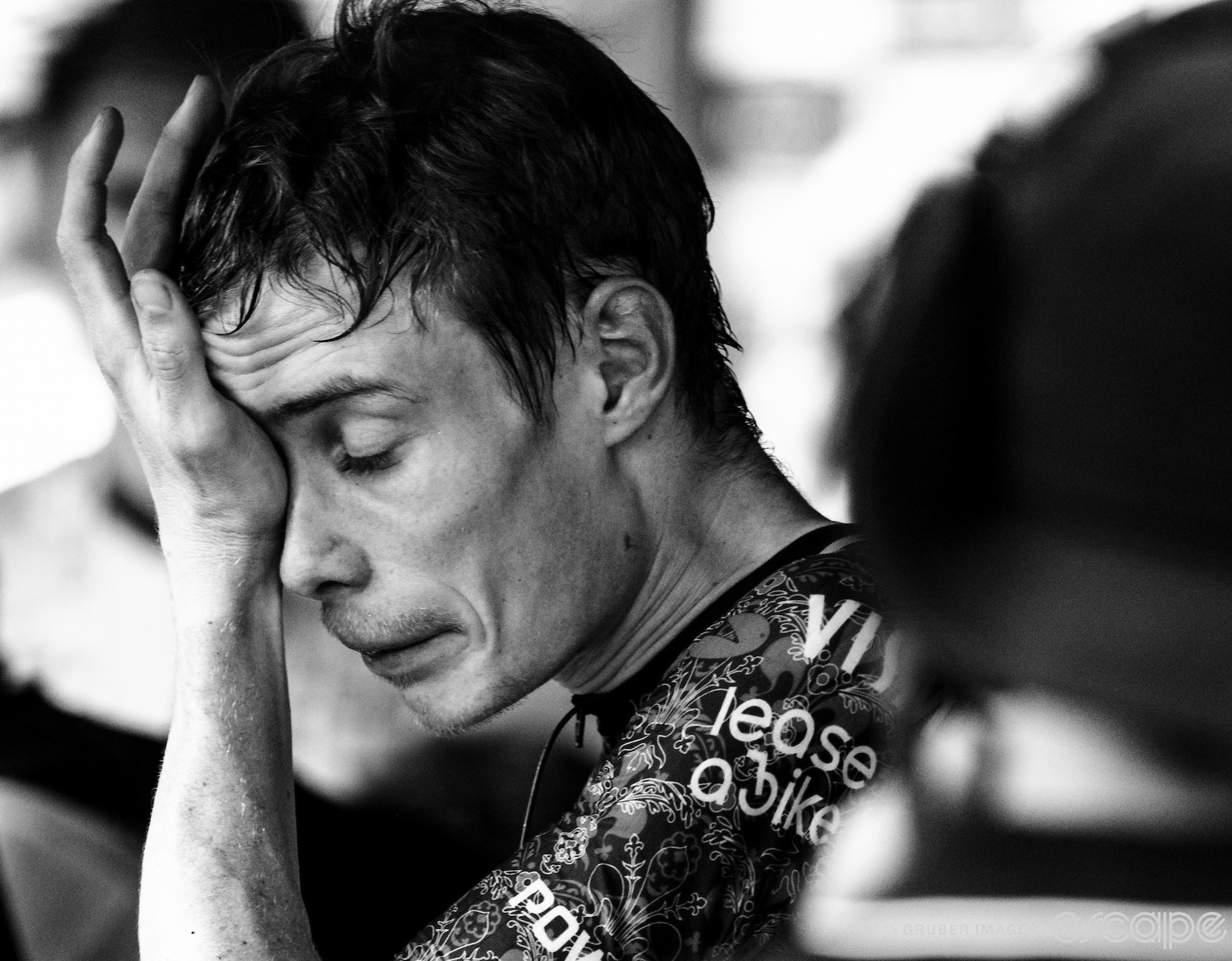
What I come back to is this: Vingegaard said in his rest day press conference after Plateau de Beille that the independent estimates of his W/kg for the climb were highly accurate (and that his own numbers were “the best I’ve ever ridden”), better even than in 2023 when he thought his power meter might be on the fritz (it wasn’t). Those performances came on the final climb of a nearly 200 km stage on back-to-back Pyrenean days at the end of week two, a time when fatigue really starts to set in. And Pogačar’s Plateau de Beille ride, as Lanterne Rouge shows, surpasses everything done even in the sport’s EPO era; for climbs longer than 30 minutes just one mark – Bjarne Riis’ 1996 ascent of Hautacam – matches it.
It is OK to be unsettled by that. It is natural to seek answers. And it’s also fair to acknowledge the ones we’ve been given so far don’t fully explain what we saw, either way.
Don’t, however, expect better answers anytime soon. It’s worth noting that the rises of Lance Armstrong and Chris Froome were also accompanied by narratives that sought to explain their performances. In Armstrong’s case, we were told that an excellent one-day rider had transformed into the best Tour rider of all time partly as a byproduct of cancer: it had reshaped his body metabolically and hormonally. In addition, he pioneered a high-cadence spin that was more energy-efficient, and spent more time in the wind tunnel than any other rider. This narrative was so entrenched it even took in the respected science journalist Michael Specter in The New Yorker, a credulousness about which Specter was later furious.
The reshaping of Chris Froome from gregario to Grand Tour giant was similarly explained by factors like diagnosing and finally triumphing in a long battle with the persistent parasite bilharzia, and the accretion of Team Sky’s marginal gains philosophy that included everything from special mattresses in race hotels – since followed by other teams – to the oddly-shaped chainrings Froome favors and which almost no elite rider uses anymore.
In Armstrong’s case, of course, we know that the explanation was mythology; whatever his sports science innovations (Armstrong absolutely did shed weight post-cancer, and at high power outputs, high cadence is more efficient), Armstrong and his team also ran the most effective doping operation that had ever been seen in the sport. In the case of Froome, while many accusations were made and there was even a positive test for salbutamol for which he was controversially later cleared by the UCI, none ever convincingly stuck, and his struggle to recover from career-threatening injuries suffered in his terrible crash in June 2019 effectively made it a historical question. There are still no truly conclusive answers.
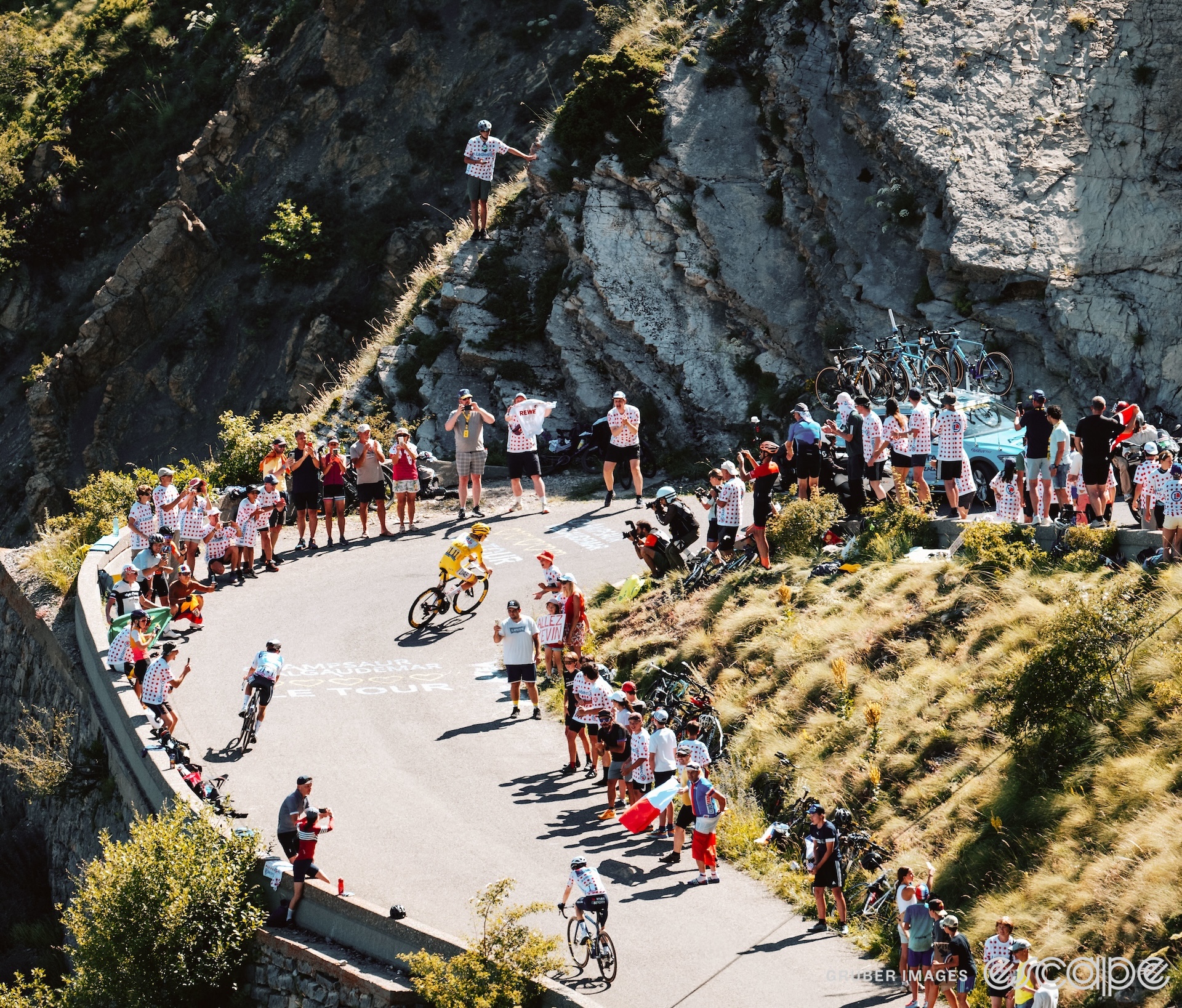
Pogačar, of course, is not Froome or Armstrong; there was no mid-career transformation. He was a teenage prodigy who won three stages and finished third overall in the Vuelta a España in his rookie pro season. That third place remains his lowest-ever overall finish in a Grand Tour. He has amassed a glittering palmarès – including now four Grand Tour titles and six wins in Monuments – that ranks among the best in the sport’s history, and he is only in his sixth pro season. Since almost his first day as a pro, he has always been among the sport’s very best riders on almost any course on any day.
In the famous 1986 essay on the extinction of the .400 hitter in baseball that later ran in his book Full House, the evolutionary biologist and science historian Stephen Jay Gould broadly argued that as a sport matures, variations in talent begin to narrow. His analysis has critics, but the general point can be seen in many sports: over time, performances typically improve by progressively smaller amounts. Relative gaps tighten, and big breakthroughs are considerably more rare.
Curiously, in cycling Gould’s analysis doesn’t entirely hold up; winning Tour margins from first to second or even 10th place are inconsistent across decades back to 1950. Even a more controlled setting, the World Hour Record, has seen variable improvements in the eight successful attempts to raise the mark since the UCI standardized rules for the record in 2014. Still, even the largest relative jump from attempt to attempt was 3%, and that was between two different riders – Bradley Wiggins’ successful 2015 ride beating Alex Dowsett’s time – than a successive improvement for the same one.
So the question remains. When you are an established veteran already at the very top of the sport and no longer the still-developing 21-year-old who shocked the world to win your first Tour, what accounts for a sudden and stark jump in your abilities? In a sport where riders fight for a half-percent improvement from season to season, what explains a 5% increase – an order of magnitude higher – in a matter of weeks, from numbers that were already historically world-class to levels you’ve never seen and which place you quite simply beyond the reach of any other rider?
I don’t really buy either prevailing theory.
To say it’s due to doping assumes that Pogačar decided to do something this year that he never has before, or why would he have not made this leap sooner? (That’s without even getting into the details of pulling it off, which is harder now than in the Armstrong years, if not impossible.)
Armstrong and Froome both denied doping during their careers (Armstrong, of course, later admitted it); Pogačar has also denied ever doping, but with the added note that he tries even to “avoid the grey areas by far. I think a grey area is also caffeine and these kind of things,” he said. (Caffeine is on WADA’s Monitoring List but is not banned.)
And to say that it’s just that he’s finally training properly belies the complexity of sports science and how difficult it is for even the best experts in the sport to get everything lined up so perfectly over an entire season. For better or worse in pro cycling, sports science absolutely is an arms race, and part of that is keeping quiet about even the legal methods you’ve used to gain an edge. But to use those advances to explain Pogačar’s performance requires more detailed information than short crankarms and less Zone 2 training.
The limits of human performance are constantly being re-evaluated. In any sport, there are benchmarks – the four-minute mile, a 50 km Hour Record – once thought to be unachievable, until someone did reach them and reset the boundary. Others invariably follow. After Britain’s Roger Bannister finally broke the four-minute-mile barrier in May 1954, Australian runner John Landy beat his time not two months later. Seven decades later it’s far less remarkable; in 2024 alone, four American male high-school runners (i.e. non-elite amateurs) ran sub-four minute mile times. In cycling the Hour Record today stands at 56.792 km, 7.4 km longer than Eddy Merckx’s fabled 1972 mark and a full 300+ meters farther than the “absolute hour” record set in 1996 by renowned time triallist Chris Boardman, riding in a now-banned position.
All that we really know is that Tadej Pogačar rode a bicycle uphill faster than anyone ever has, and not by a close margin. Maybe one day we’ll know the full story of how the most transcendent climbing performance in cycling history was produced. But if that story does emerge, I’m betting it won’t be nearly as neat and simple as what’s been put forth so far.
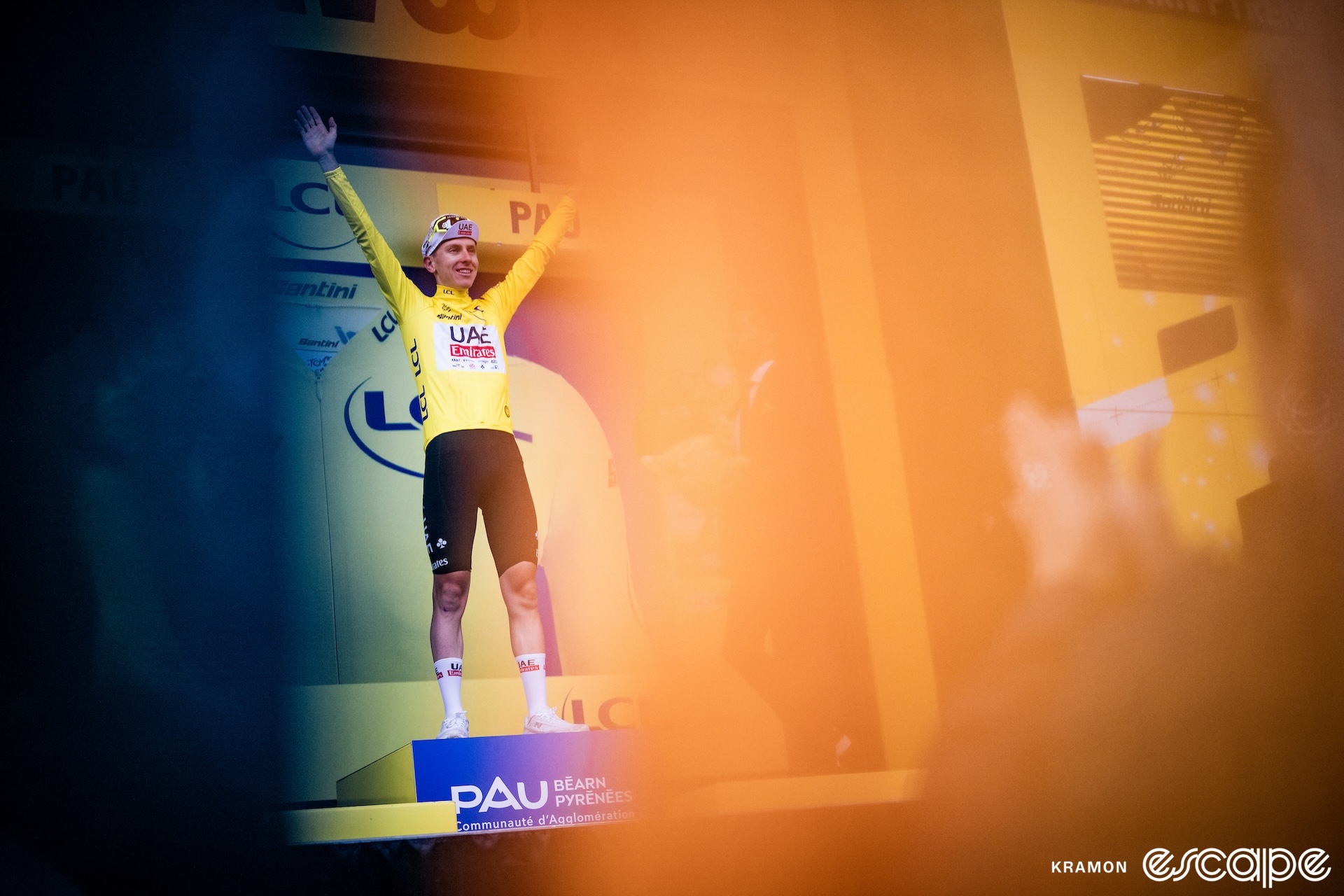
What did you think of this story?

